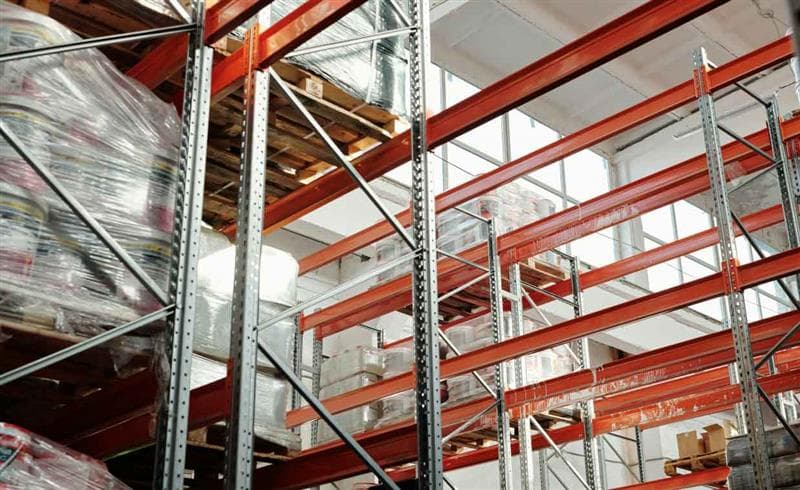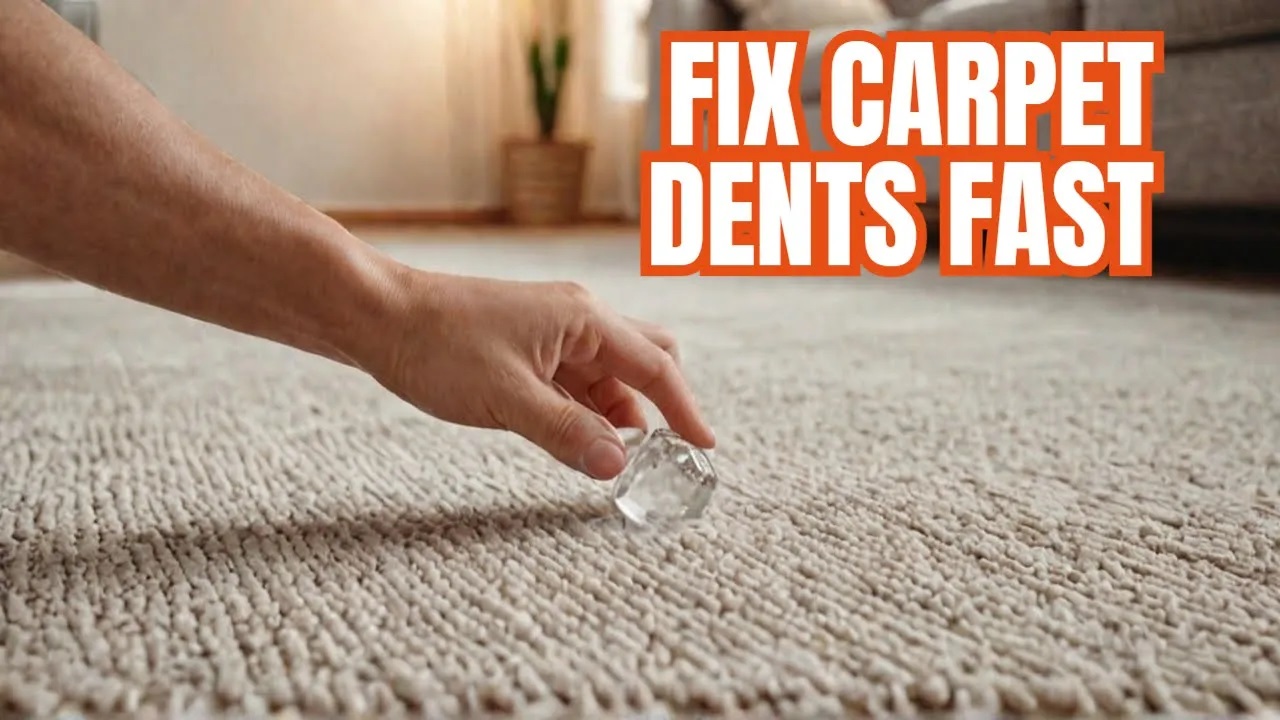
Table of Contents
When downsizing industrial properties, surplus storage equipment often becomes a pain to deal with. Leaving it behind isn’t practical, and dumping it is both costly and wasteful.
So, what’s the best approach? Stay tuned to learn a few practical strategies for handling your extra equipment while maximising your returns on surplus gear.
Selling Surplus Storage Equipment to Specialized Buyers

Specialist buyers can assist you in selling your used pallet racking or industrial shelving, streamlining the process by purchasing second-hand surplus storage equipment directly from businesses. These companies assess the value of your items, typically offering fair market prices for well-maintained gear, saving you time and avoiding the hassle of dealing with individual buyers.
Better yet, you save time by skipping listing processes and negotiations with individual buyers. Just be sure to look for reputable firms experienced in handling bulk purchases to ensure a smooth transaction. Their expertise guarantees proper handling of heavy-duty items while helping you monetize surplus inventory without unnecessary hassle or delays.
Using Online Marketplaces for Resale Opportunities

Online platforms like eBay, Craigslist, and Facebook Marketplace provide direct access to potential buyers. These are especially useful if your equipment is still functional and in demand. Take clear photos, write honest descriptions, and price competitively to attract interest quickly.
For larger quantities or industrial-grade items, consider specialized marketplaces such as EquipNet or BidSpotter. These cater specifically to businesses seeking storage solutions, which form part of a $65.98 billion market, providing plenty of momentum for sales. Listing fees might apply, but often result in higher visibility.
Ensure you’re upfront about the condition of each item to avoid disputes after the sale. Transparency helps build trust and encourages smooth transactions with prospective buyers online.
Partnering with Dismantling and Removal Services

Dismantling services can simplify the process of handling large-scale storage equipment. These companies safely disassemble and remove heavy racks, shelves, or mezzanines, eliminating labour concerns for your team.
Some service providers also buy dismantled items outright. It’s an efficient way to clear space while recovering value from surplus materials. Ensure the company specializes in industrial removals to minimize damage during transport.
Partnerships like these are ideal if you’re working on a tight schedule or lack the resources for DIY removal. Professionals handle logistics, so you focus on other aspects of downsizing efficiently and without added stress.
Evaluating Current Demand for Second Hand Storage Equipment

Understanding market demand helps you determine the resale potential of your equipment. Popular items like pallet racks, modular shelving, or lightweight storage systems often sell faster due to widespread use in various industries.
Check local business needs and trends within sectors like warehousing or retail. If there’s high competition in your area, pricing strategically will help attract buyers quickly.
Researching online marketplaces or consulting industry forums can reveal what’s selling well currently. You could even find local storage spaces and discuss their needs to test the waters, and even find a buyer outright.
Exploring Donation Options for Low-Value Items

If some equipment has minimal resale value, donating it can be a smart choice. Schools, non-profits, or community organizations may welcome functional shelving or storage systems for their operations.
Donations offer tax benefits, too. Be sure to request proper documentation to claim deductions during tax filing.
Reach out locally first. Many small businesses or charities might find creative uses for your surplus items. Repurposing outdated equipment while supporting the community and avoiding disposal costs associated with scrapping less marketable inventory is a practical way to repurpose outdated equipment.
Recycling Surplus Gear Sustainably and Effectively

Recycling is a responsible option for items too damaged to sell or donate. Many industrial materials, like steel racks or aluminum shelving, are recyclable materials and can be processed into new products or even used for construction.
Partner with local recycling centers that handle large-scale industrial equipment. They’ll dismantle components safely and ensure proper disposal of non-recyclable parts.
Avoid landfill fees while reducing environmental impact by choosing sustainable methods. Some scrap yards even offer payment for high-demand metals like stainless steel, giving you a small return while ensuring the materials don’t go to waste in the downsizing process.
The Bottom Line
Downsizing doesn’t mean generating waste. Whether selling, donating, or recycling, surplus storage equipment holds value when handled strategically.
Evaluate options based on condition and market demand to maximize returns while reducing environmental impact. With the right approach, you’ll simplify the process and create opportunities from what might otherwise go unused.
Also Read: How to Choose the Right Storage Space?






























